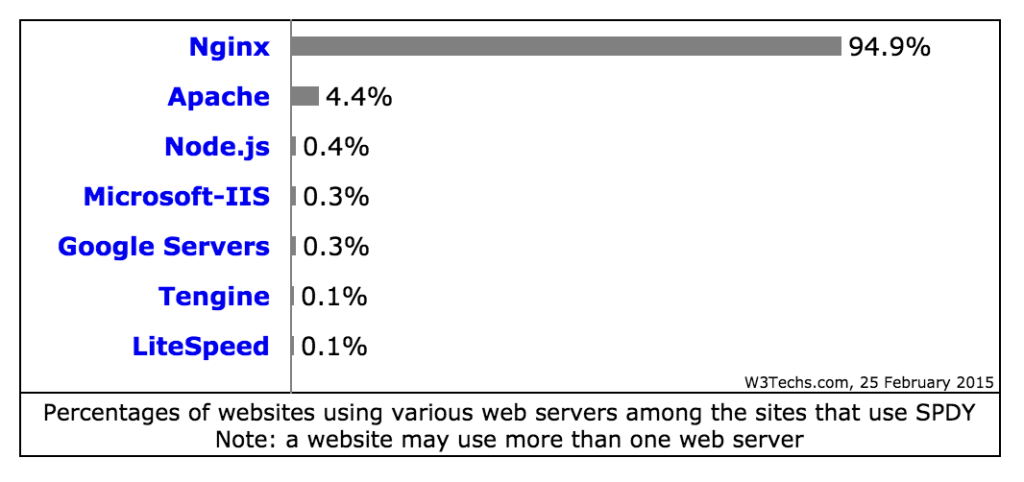Note: Since publishing this blog post we’ve added support for HTTP/2 in NGINX 1.9.5 and NGINX Plus R7.
![IETF approved HTTP/2 [image]](https://cdn.wp.nginx.com/wp-content/uploads/2015/02/IETF_HTTP2_Approved-300x209.png)
Since the IETF announced last week that the HTTP/2 specification has been finalized and will be published as an RFC, many customers have asked about our plans to support the new protocol in our open source NGINX and commercial NGINX Plus products. We’re pleased to announce that we plan to release versions of both NGINX and NGINX Plus by the end of 2015 that will include support for HTTP/2.
HTTP/2, based on Google’s experiments with SPDY, promises faster page loading without the need for the uncomfortable page optimizations (domain sharding, resource merging, image spriting) often used to overcome design limitations in HTTP/1.1. A faster Internet benefits everyone, but adopting HTTP/2 also presents challenges, costs, and uncertainties. Our goal is to help you minimize these obstacles wherever we can, so you can choose how and when you begin publishing your web applications and content over HTTP/2.
 The goal of HTTP/2 is to enhance the end user’s web experience by improving speed and performance, the same goal that NGINX has always pursued. We’re excited to take the lead in supporting HTTP/2 for our customers. It builds on our position at the forefront of vendor implementations of SPDY, which the IETF adopted as the basis for HTTP/2 – nearly 95% of websites that use SPDY are running NGINX and NGINX Plus. We spent considerable time and effort refactoring large portions of our core software to achieve an optimized SPDY implementation that is practical and useful in real‑world deployments. Our experience with SPDY puts us in a prime position to provide a similarly optimized HTTP/2 implementation and to continue support the protocol as it develops.
The goal of HTTP/2 is to enhance the end user’s web experience by improving speed and performance, the same goal that NGINX has always pursued. We’re excited to take the lead in supporting HTTP/2 for our customers. It builds on our position at the forefront of vendor implementations of SPDY, which the IETF adopted as the basis for HTTP/2 – nearly 95% of websites that use SPDY are running NGINX and NGINX Plus. We spent considerable time and effort refactoring large portions of our core software to achieve an optimized SPDY implementation that is practical and useful in real‑world deployments. Our experience with SPDY puts us in a prime position to provide a similarly optimized HTTP/2 implementation and to continue support the protocol as it develops.
HTTP/2 is just one of a number of very exciting additions we’re planning for NGINX and NGINX Plus this year. We always value your input on how we’re doing and how we can improve – reach out to us anytime via the blog, Twitter, or our mailing lists (English and Russian).
[Editor – As announced in the original posting of this blog, we also periodically request formal feedback in a survey; this year’s survey closed on March 30.]